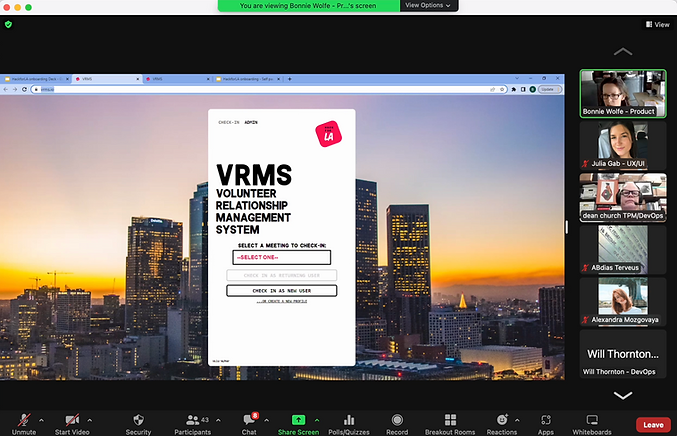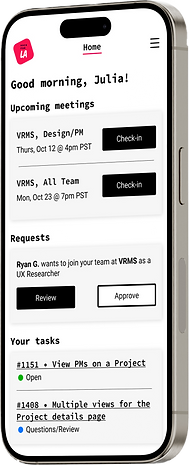
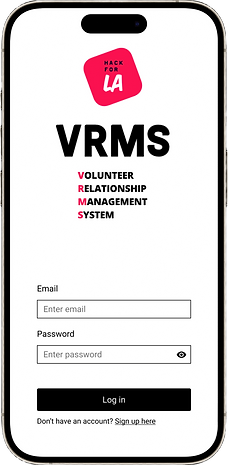


Volunteer Relationship Management System
Streamlined and automated repetitive content management tasks for Hack for LA, saving hours in admin work and generating helpful impact data
01. OVERVIEW
Client
Hack for LA
Project
VRMS
Role
Product Designer
Researcher
Background
Hack for LA unites volunteers to create digital solutions that address civic issues in Los Angeles, in collaboration with local partners and the government.
Problem
At HfLA, we're currently tackling numerous manual tasks: onboarding volunteers, project matching, organizing meetings, and data management. Admin (usually 1-5 members) oversee these tasks for our 300+ volunteers, while Leads (10-20 individuals) handle additional responsibilities, which is very time-consuming and prone to human error.
How might we automate and streamline repetitive tasks, and data management for Hack for LA, reducing the time burden on admins and leads?
Solution
VRMS is our solution, designed to manage vital data like Projects, Events, and User information and automate repetitive tasks. It's evolving to offer tailored views based on user's roles and privilages, inlcuding improved statistics, streamlined meeting check-ins, event reminders, and seamless project and volunteer management.
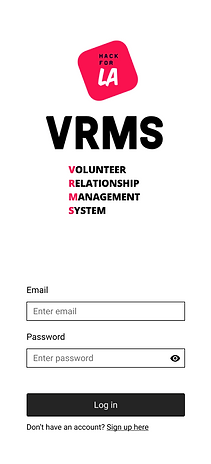

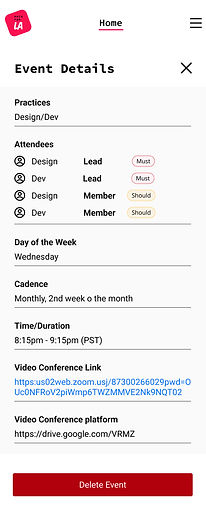

The impact
For all general volunteers
VRMS empowers general volunteers by providing a user-friendly platform that streamlines their engagement.
VRMS offers project management features enhancing the team experience and enabling effective participation within the Hack for LA community.
It facilitates easy access to Communities of Practice, and a comprehensive resource hub, fostering collaboration and knowledge sharing.
For the organization, admins and leads
VRMS empowers admins and leads by automating manual tasks, freeing up time for strategic responsibilities.
It offers tailored views, improved statistics, and streamlined project and volunteer management. With features like meeting check-ins and event reminders, it enhances their ability to efficiently oversee and support the broader volunteer community, leading to more effective and informed decision-making.
02. PROCESS
Challenges
I knew I had to tackle this project differently due to the nature of volunteer work and as always, no progress is linear. The team was siloed at times so we had to work with clear communication, taking accountability and adapting or learning every chance we could. Here's some challenges I encountered and what I achieved.
Heuristic analysis and research
I conducted a comprehensive analysis, combining heuristic evaluation and competitive analysis, which helped in assessing the user experience, identifying strengths, and uncovering areas for improvement.
Additionally, I engaged in user research, encompassing past team studies and stakeholder interviews. This user-centric approach allowed me to immerse myself in the users' perspective, gaining a deep understanding of their frustrations and needs.


Tracking notes and changes on Github
Annotated screens
Clear vision and prioritization
I played a crucial role in setting a clear project vision and prioritizing tasks across all roles in the team, ensuring everyone worked toward the same North Star.
Before: files were unamed and messy with no clarity or hierarchy

After: Implemented better, consistent file/asset naming, added a change log for transperacy, made content clear to use/navigate.

Created a priotarization matrix and followed that to build flows


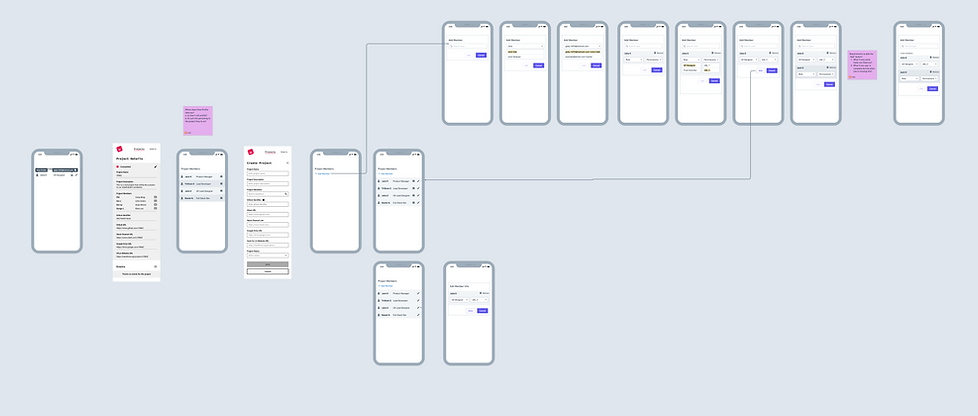
Wireframes and Prototypes
I initiated the design phase, translating project goals and flows into tangible and user-centric design solutions.
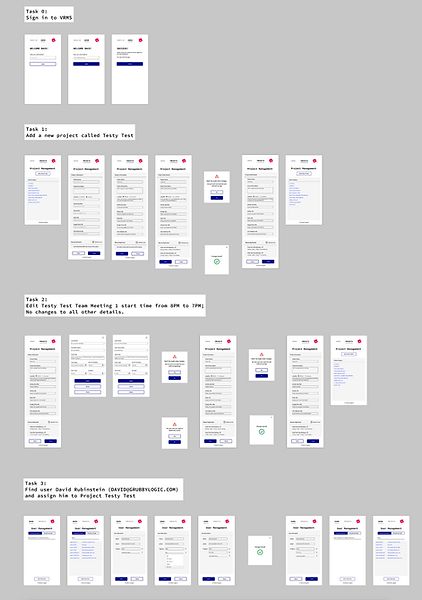
Multiple wireframes based on tasks

VRMS sign up page
Design System
I developed and maintained a comprehensive design system and specifications to guide the design process and maintain consistency.
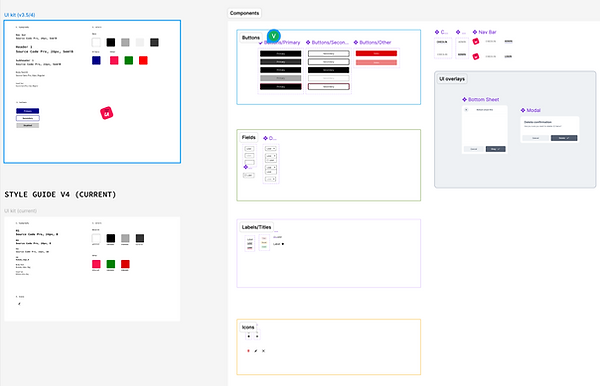
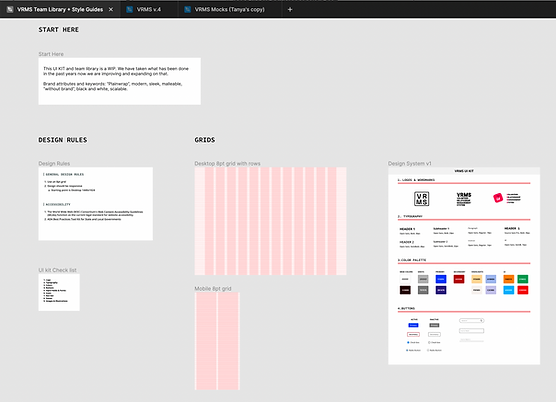
User testing and surveys
I conducted user tests and surveys involving stakeholders, gathering valuable insights to inform design refinements.
